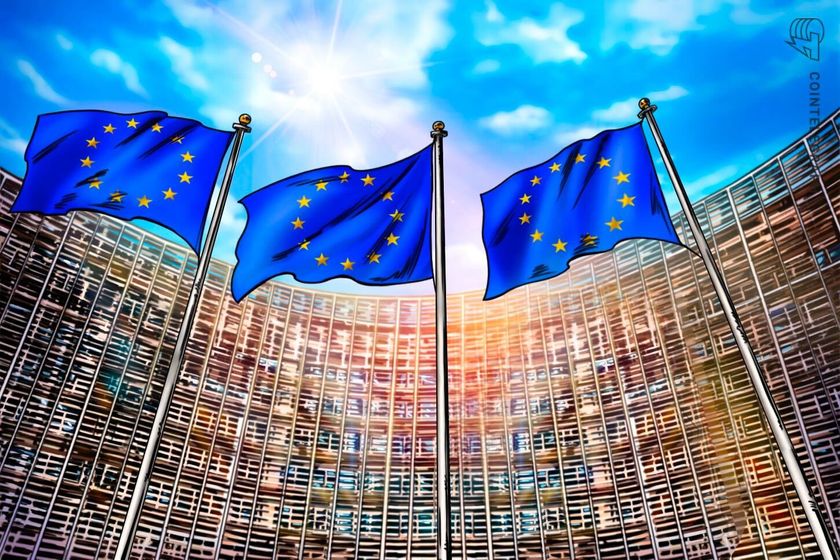The European Union’s in-house think tanks says the metaverse can help children heal from diseases.

News
Own this piece of crypto history
The European Parliamentary Research Service (EPRS), a government think tank for the European Union, recently published a letter discussing the opportunities and challenges for children in the metaverse.
According to the post’s author, EPRS policy analyst Maria Niestadt, the metaverse can “boost children’s creativity and motivation to learn and even help them heal from diseases” and enable cultural and social experiences they may not otherwise be able to experience.
However, there are numerous challenges that the EU must face, according to the EPRS, including protecting children from adverse mental and physical outcomes related to the use of virtual, augmented, and/or mixed reality headsets as well as security and privacy issues.
Metaverse opportunities
The metaverse is rife with opportunities for children, according to the letter. While it stops short of offering a full-throated endorsement for the use of virtual and mixed reality headsets by children, the think tank lays out several claims to their positive use.
Per the EPRS:
“Virtual world technologies can be used to diagnose and treat various paediatric mental and physical health disorders (such as autism, attention deficit/hyperactivity disorder). They can also be used to promote physical health through immersive fitness exercises, to help prepare children for psychological difficulties (such as the fear of heights) or to aid in their physical rehabilitation.”
Other opportunities include educational uses such as virtual immersion in lessons of historical and cultural significance and the potential for positive social interaction.
Metaverse challenges
While the opportunities seemingly abound, according the EPRS, the think tank also sees myriad challenges that must be addressed in order to protect EU children from the potential harms and dangers presented by metaverse technology.
The primary concerning factors appear to be the potential negative effects that exposure to digital worlds and the accompanying hardware can have on children’s mental and physical well-being. These include social and real-world isolation, exposure to harassment and inappropriate communications, as well as nausea, anxiety, and fear.
One of the legislative challenges associated with allowing children to operate in the metaverse is dialing in the proper age. Per the EPRS guidance, this is currently left up to private sector manufacturers:
“Furthermore, VR headset manufacturers usually set a minimum age for using these devices. However, there is a tendency to lower this minimum age. For example, in 2013 Meta lowered its Quest headsets’ minimum age from 13 to 10 years.”
Overall, the state of the metaverse in the European Union appears to be one of flux as regulators explore future strategies while leaning on the private sector to self-regulate based on existing laws and internal company guidelines.
Related: This is how metaverse can become a $5 trillion business by 2030



